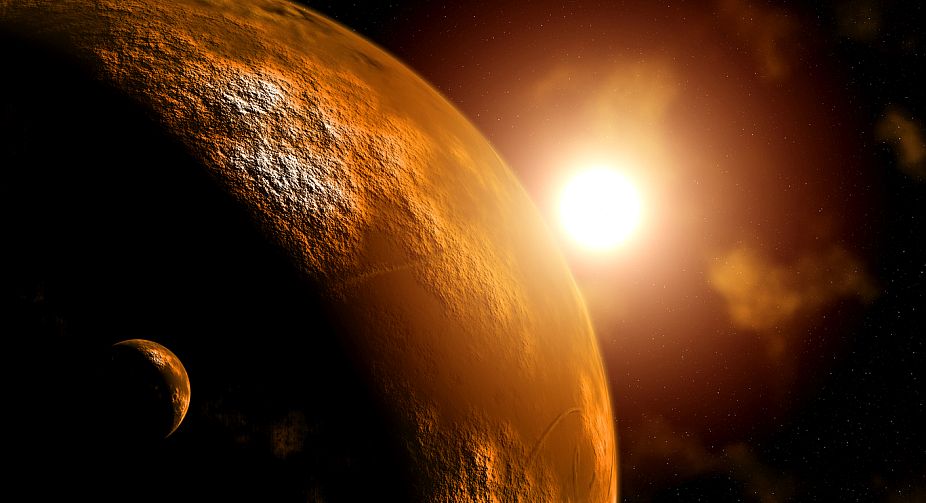Mars could once have had rings, and the red planet may regain them again, according to a new study.
A new model developed by scientists at Purdue University in the US suggests that debris that was pushed into space from an asteroid slamming into Mars around 4.3 billion years ago alternates between becoming a planetary ring and clumping together to form a moon.
Advertisement
According to one theory, Mars' large North Polar Basin or Borealis Basin – which covers about 40 per cent of the planet in its northern hemisphere – was created by that impact, sending debris into space.
"That large impact would have blasted enough material off the surface of Mars to form a ring," researcher Andrew Hesselbrock said.
As the ring formed, and the debris slowly moved away from the red planet and spread out, it began to clump and eventually formed a moon.
Over time, Mars' gravitational pull would have pulled that moon towards the planet until it reached the Roche limit, the distance within which a planet's tidal forces will break apart a celestial body that is held together only by gravity.











